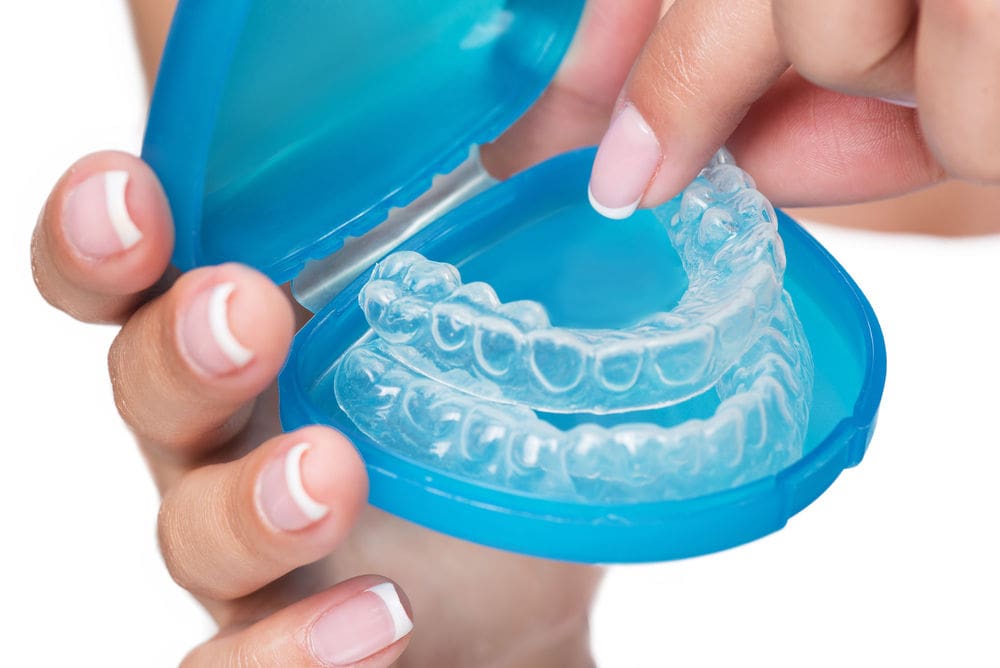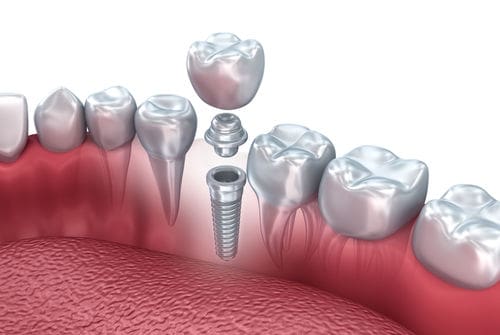A decaying tooth must be repaired as part of dental restoration treatment. The decaying region must be cleaned out by the dentist, leaving a cavity or hole in the tooth. Following that, the hole will be filled with a dental filling to smooth out the tooth surface and restore its natural appearance. Studies show that over 90% of Americans have some level of tooth decay while 25% have one or more cavities that have not yet been filled. This article discusses the many forms of tooth fillings used in dental repair.
5 Types of Tooth Filling Materials
1. Silver
This is a very popular filler. Silver amalgam filling is made up of more than just silver; it also contains tin, zinc, copper, and mercury. It is a popular choice since it is durable, long-lasting, and less expensive than other alternatives. A typical silver amalgam filling can last up to 12 years. Its malleable properties make it easy to use and conform to your natural tooth structure.
The main disadvantage is that it is not aesthetically appealing, making it unsuitable for visible teeth. The material can also contract and expand in response to temperature fluctuations, causing the tooth to break. The changes may cause a space between the filling and the tooth, allowing food and germs to enter and causing new cavities to develop. Despite the debate surrounding the presence of mercury in silver amalgam, the filling material has been deemed safe for use.
2. Cast Gold
This is a very strong and durable filling. It can last up to 20 years, making it a great long-term investment. Gold is also a biocompatible metal, meaning that it does not corrode in the presence of saliva or other bodily fluids. The main drawbacks of gold are its high cost and the fact that it is difficult to match the shade of gold to the patient’s existing teeth.
3. Ceramic
Ceramic fillings are made from porcelain, which is a type of glass. They are strong and durable, with a lifespan of 10 to 15 years. They are also aesthetically pleasing because they can be matched to the color of your natural teeth. The main drawback of ceramic fillings is their high cost.
4. Composite
Composite fillings are made from a mixture of plastic and glass particles. They are tooth-colored, so they are less visible than silver amalgam fillings. They are also less likely to cause temperature sensitivity because they do not contract and expand like metal fillings. Composite fillings can last for 5 to 10 years. The main drawback of composite fillings is that they are not as strong as other types of fillings and may need to be replaced more often.
5. Glass Ionomer
Glass ionomer is made from a mixture of glass and acrylic. It releases fluoride, which helps to prevent cavities. It is also tooth-colored, making it a good choice for visible teeth. Glass ionomers can last for 5 to 10 years. The main drawbacks of glass ionomer are that it is not as strong as other types of fillings and may need to be replaced more often.
Conclusion
There are many different types of dental fillings, each with its own advantages and disadvantages. Talk to your dentist about which type of filling is right for you.
Liberia Dental Care is where you can get the expert services of a seasoned Manassas dentist to get your dental fillings done and other dental concerns. Contact us today to set your appointment!





